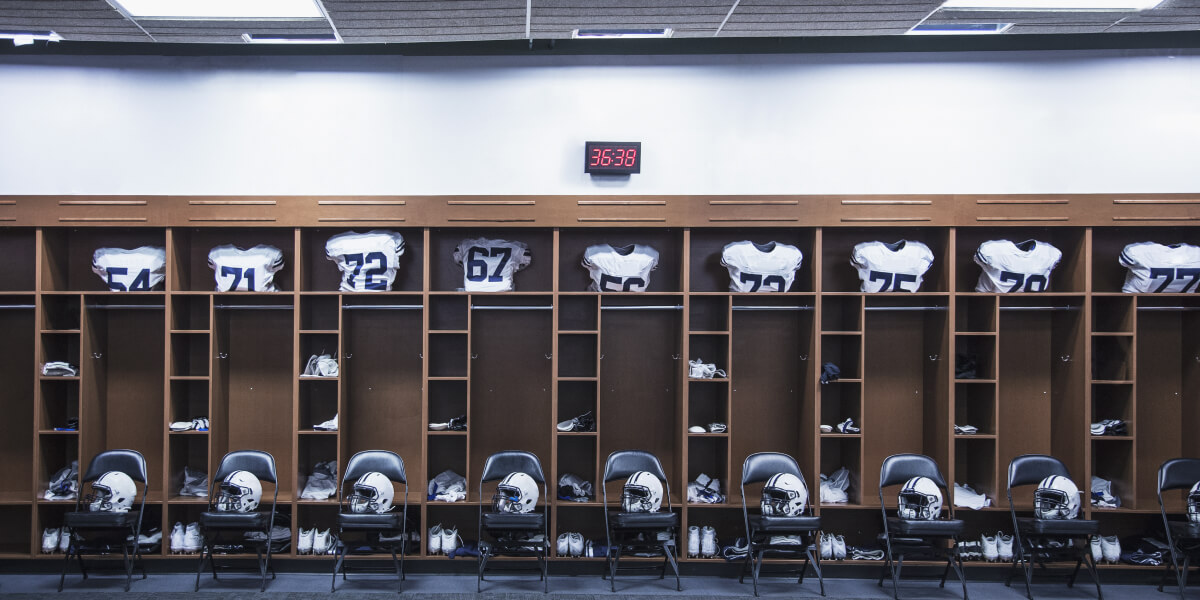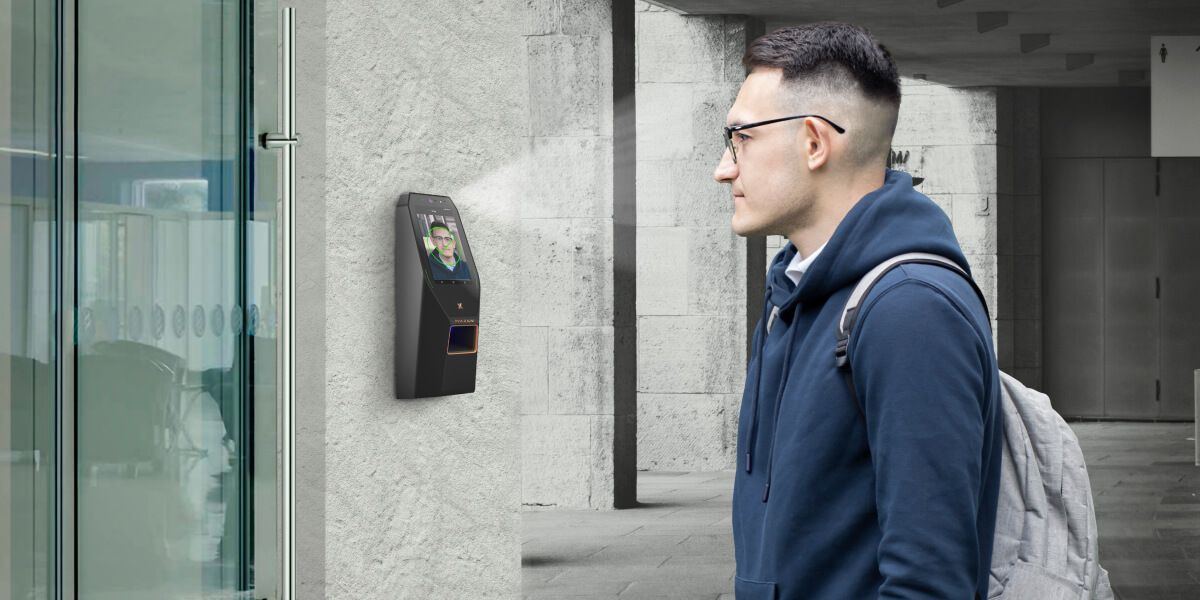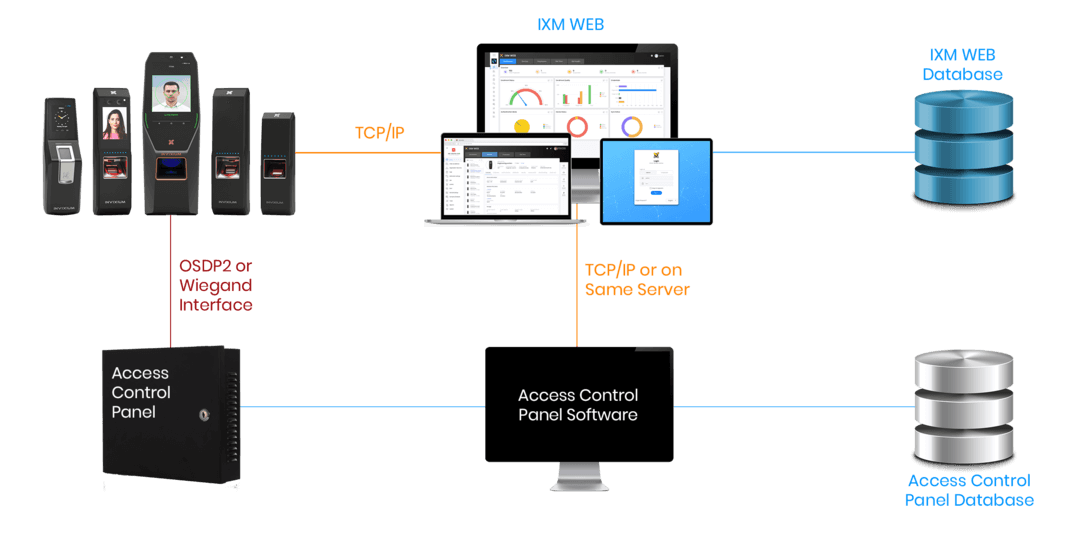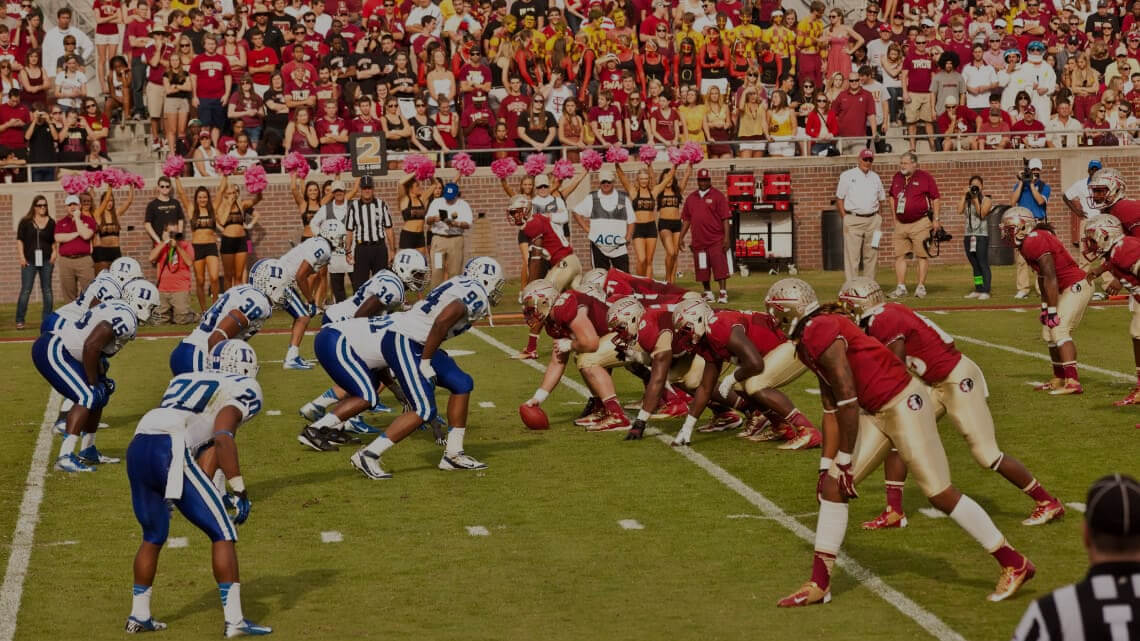Advancements in access control, health safety, and workforce management industries have greatly improved the range of solutions available for business owners across the globe. While many organizations use PIN and card-based systems to protect and optimize their operations, more and more are making the change to biometrics, especially touchless biometrics like face recognition. While there are many myths swirling around facial recognition, which you can learn more about here, the fact of the matter is that thoughtfully designed facial recognition solutions have proven themselves to be some of the most versatile tools on the market today. Modern solutions can easily authenticate users from a momentary glance, offering the highest levels of security and blazing-fast speeds that can dramatically improve any location where they are installed.
For athletic facilities that are home to hundreds if not thousands of people daily, biometrics could be the X-factor that turns your system into a winner. Here are 5 of the main reasons why biometrics are the right choice for your athletic facility.
1. Secure Your Assets
Athletic facilities have many different areas that require security. From locker rooms where the athletes need to have privacy to main gates that let in the droves of fans when an event begins, security managers have to holistically handle many unique places that all have their own challenges. Biometric solutions can rise to each of these challenges and provide stringent security at every type of entryway. By utilizing face recognition, the most intimate areas, like locker rooms and showers, will only be accessible to the people who are meant to be there, since biometrics cannot be stolen or shared like PINs and cards. More public areas with large amounts of traffic can be covered equally well with biometrics, which never sacrifice security for speed. In addition to the inherent security improvement that comes from switching to facial recognition devices, many of these access control solutions also offer multi-factor authentication, requiring users to present multiple forms of authentication (Face, Fingerprint, Finger Vein, Card, PIN, etc.) to further tighten security as needed. Best of all, the digital assets of biometric systems, like fingerprint or face data, are highly encrypted during storage and transfers, adding protection that can give end-users and administrators alike peace of mind.

2. The Ultimate in Convenience
Athletes are always running around between practices, gyms, fields, classrooms, and locker rooms. Many times, they are doing all of this commuting in their sports uniforms, which rarely have pockets or storage options. By installing biometric security solutions, athletes can simply present their biometric (i.e. face) to the access control device to gain access. Biometric solutions deliver the ultimate convenience for access control applications and don’t require student-athletes to carry cards or remember PINs. This level of convenience is also applicable to staff members. On top of allowing them to enter their workspaces more quickly and securely, biometrics streamline administrative tasks related to workforce management. Every time a worker checks in at a biometric device, their punches can be recorded for payroll purposes, saving time and improving the accuracy of time-tracking for hourly employees. By installing biometrics throughout your athletic facility, you can holistically make everyone’s experiences smoother and optimize many processes at once.

3. Easy Integration with Existing Access Control Systems
Modern biometrics are purposefully designed to not just stand-alone, but can easily integrate into existing access control panel (ACP) systems like Honeywell, Genetec, LenelS2, RS2 Technologies, etc. By adding biometrics into an existing access control system, you are enhancing the security of your athletic facility and preserving the investment of the original system. Best of all, you will be able to manage all your solutions from one hub, granting you complete visibility and control over your access control system. Another access control challenge athletic departments face that quality integrations can minimize is the high turnover of staff and students. Since new athletes come and go every year, with some students transferring mid-school year for their sports season, enrolling and removing identities from the access control database needs to be done more often than it does in other settings. Deep integrations with leading ACP systems allow athletic departments to synchronize their databases of students and employees in real-time, saving time and avoiding duplicate enrollments.

4. Simple Access Control Layering
Many businesses just need a single layer of access control for all employees who enter the building. Athletic facilities may require more complex layering, as numerous locations across the campus need to be restricted to only certain individuals. For example, athletes will need to get into the locker rooms, but not the back offices or administrative areas where coaches work while cleaning staff have their access limited to off-game hours. When enrolling users into a biometric system, user groups can be defined and each group can be assigned different levels of access, including for multiple areas simultaneously, or based on a time schedule. This system can not only make athletic facilities safer but provide a running record of where people are at what times.
5. Benefit from Long-Term Cost Savings
Biometric devices may cost more than RFID card readers up front, but this initial expense ends up being an incredible investment in just a single year. Physical credentials are costly to print, issue, and replace, causing a great deal of monetary and plastic waste. Clients who switch to biometrics or any form of digital credential can avoid this annual burden and have a more affordable, reliable solution. Cost savings also come from the multiple functions that biometric devices provide. Many biometric solutions on the market today can provide surveillance and intercom functionality at every doorway on top of their core access control reader capabilities, saving athletic facilities a great deal of money on redundant solutions.
These benefits are just some of the many improvements biometrics can bring to your athletic facility. For a more secure, affordable, effective, and convenient security solution that creates a better experience for not just the security team, but athletes and coaching staff, consider making the transition to biometrics.
For more information about biometric technology or any of the biometric solutions provided by Invixium, contact us today at sales@invixium.com.







